Recipe For Success
Let’s face it; recipes are good things: They help guide us through the steps needed to prepare a masterpiece! As with all types of recipes, the quality of the finished product is linked to the skills and knowledge of the designer. A container-garden designer is able to create combinations using skills and knowledge gained from working with plants and understanding their strengths, weaknesses and potential.
This is a change from the humble beginnings of combination planters. Not long ago these gardens were being thrown together using leftover plants. Fortunately, the interest and attention combinations have achieved has moved many towards higher quality standards than just using “must-go” plants.
The shift in mindset by those creating and marketing container gardens has also been significant. Home gardeners, commercial landscapers and professional growers are all looking for and expecting a higher level of plant performance and artistry than was available before. The good news is the market is willing to pay appropriately to get the expected results.
Help Is Out There
Although principles of design and color theory can be learned (and are supported by books, magazines and other sources), it is nice to know help exists in the form of recipes from suppliers who design high-performance combination planters. Breeders, distributors, cutting suppliers, marketing groups and others in the green industry have tools to assist customers.
These recipes feature plants developed or sold by each of the firms responsible, which is only to be expected. Despite the commercial motivation, the recipes use good principles of design from which everyone benefits. To help assure a greater success level, most recipes have had extensive trialing and fine tuning before publication. Also, most recipes provide photographs of the finished product, a great aid in achieving the desired results.
Mixing Cultures
So what makes a good design or recipe? Quality designs take into account more than just the cultural requirements of plants used or the aesthetic blending of plants and flowers. It is the balance of both aspects that makes a difference in the quality of the finished product!
The easiest combinations can be made up of plants in the same species that have uniform temperature, fertilizer and culture requirements. Using various colors of petunias or different coleus planted together creates finished gardens that are showy and colorful. However, the level of interest these containers provide is not as dramatic, and they do not command price points similar to mixtures with different plant species.
It is unlikely combinations using multiple species will have uniform requirements, so the trick is to select plants that tolerate each other’s needs. A good example is pairing osteospermum with vegetative petunias. Although the flowering mechanisms are different for each species, each tolerates the cool temperatures required to flower osteospermum and long days required for petunias.
In the example above, the early spring color comes from the osteospermum when the long-day-requiring petunias are green and growing. But come summer when heat overrides the ability for osteospermum to flower, petunias carry the show. In essence, this mixture allows each species to compliment and compensate for the other’s seasonality.
It is not advisable to mix plants with dramatically different performance requirements. The mixing of New Guinea impatiens with petunias does not work due to differences in the fertilizer and temperature requirements of each species: Neither species will tolerate such differences and still be successful in the same pot. A benefit of using established recipes is the filtering and selection of plants with compatible cultural characteristics.
Color, Texture And Habit
The aesthetic blending of plants and flowers is a bit less rigid than cultural factors. This is where an artistic eye and sense of style has an influence on the look of containers: Use of color, texture and blending of plant habits makes for dramatic presentation.
Color. When it comes to the use of color and color theory for creating a pleasing balance, there is help available in the form of color wheels and other tools. Successful mixtures with pleasing looks can be created by following some easy guidelines:
- Use contrasting colors that are opposite each other on the color wheel such as purple and yellow, red and green, and blue and orange. The contrasting colors create interesting, colorful combinations.
- Use harmonizing colors that are next to each other on the color wheel such as purple and blue, red and orange, green and yellow, and all the shades between each primary color. They blend nicely to create pleasing combinations.
- Monochromatic colors are easy to work with: Use shades and tones of the same color together.
Texture. Texture is another important aspect of good container design. The interplay of leaf and flower sizes provides good contrast and helps plants stand out. Usually, the greater the contrast of texture, the more interesting and intricate the container becomes. Remember, the goal is to create the look and feel of a garden within the confines of a pot.
Blending. Plant habits need to be appropriately blended. Mixing upright, mounding and trailing plants increases the drama of each container; most combinations should include plants from each habit for optimum effect. Be sure to adjust the mix based on the type of container selected. A great benefit of recipes is the pre-selected blending of plant habits for optimum impact and drama.
- Color bowls are viewed from above and emphasis should be placed on mounding and upright plants, not trailing. An exception to this rule is if one desires the effect of a carpet of flowers flowing out of a pot.
- Baskets are viewed at or near eye level, so the use of upright plants should be minimal. Depending on the basket size, upright plants need to balance and fill the space surrounded by mounding and trailing plants: They should not stand out in the container. Use of trailing plants extends the dimension of foliage and color displayed and the size and display created. Mounded plants are important to give the basket a full look and avoid the flat, “bald” look that is not desirable.
Customized Recipes
Just because there is a recipe does not mean a combination will be successful in all locations and markets. The best approach is to use recipes as a basic guideline and customize them to meet individual needs and regional plant selection. For example, if producing for warm, Southern regions with high temperatures and humidity, plant selection is critical to provide long-lasting containers capable of holding up in these conditions. In addition to adjusting for regional needs, there are other areas to keep in mind:
- Evaluate container size and shape for the longevity of the garden. Using pots that do not allow adequate soil volume for water retention limits probability of keeping plants watered for maximum performance.
- Adjust the number of plants used without overloading the combination and limiting longevity of plant performance. Too many plants results in crowding and poor air movement, which leads to diseases that cause premature destruction of the mixture.
- Pay attention to the vigor of plants used. When ipomea or vegetative petunias are used in combination planters with less vigorous species, the end result is usually complete domination by the “thug” plants and a monoculture look.
Recipes also provide a shopping list of plants. Growers and gardeners can find themselves in a rut using the same familiar plants; recipes bring new ideas and examples of species worthy of use. A lack of experience can translate to a fear that these plants won’t survive or thrive in the garden. Recipes help introduce customers to new plants. When using and modifying recipes, it is possible to achieve regionalization or other goals that minimize problems.
More Benefits
However, gardening is also about experimentation and learning. Each year new containers should be designed and trialed. Not every new design will be a success, but likewise, not every design will be a failure. By trying new ideas and mixtures each year, it is possible to fine tune those design aspects that work well and change those aspects that don’t.
This can be a great way to identify and encourage talent in new employees. Often, individuals responsible for designing and planting fall into a predictable pattern of mixtures that, while good, may not be innovative or different enough to attract attention and new customers. Take advantage of fresh, new ideas from new members of the team. Not only will your business benefit from their ideas, but such interaction may also give them a stronger connection and integration into the team.
Finally, for retailers, recipes are helpful for keeping a focus on profitability. When designing and planting combinations, most people work from the viewpoint of creating the right look, not the right price point. While this cannot be ignored or overlooked, it is just as important to identify how many plants and components should be used in the container for good price/value. Too many plants may fill the container quickly and give it instant show appeal, but this will cause premature decline and result in returns and credit requests. Also, will the appropriate price be achievable based on the components used?
Each additional plant incorporated into the container should drive an increase in the sale price. Recipes help us make sense of and define the number of ingredients used while staying within the price/value equation required for every business. This is clearly an area where the use of recipes comes into play and pay!

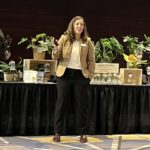
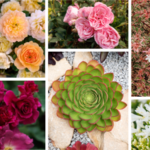

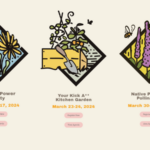

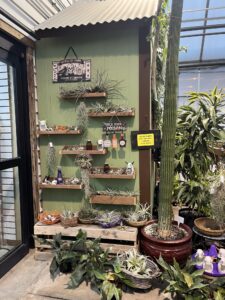
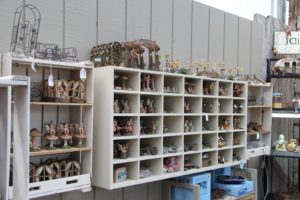
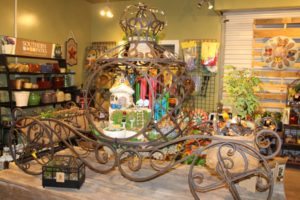
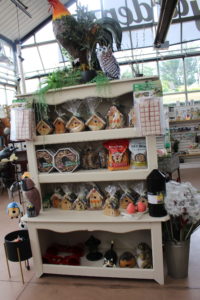
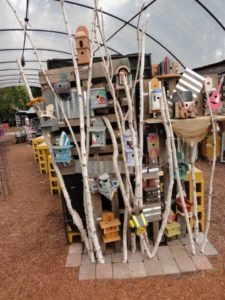
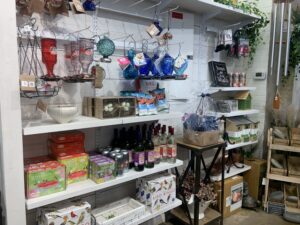
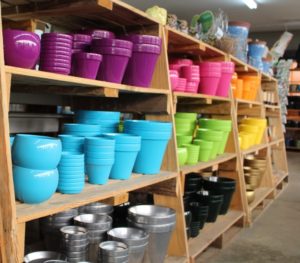
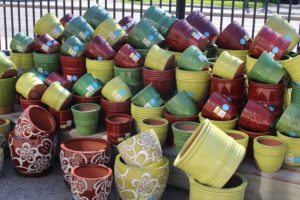
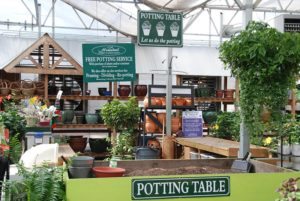
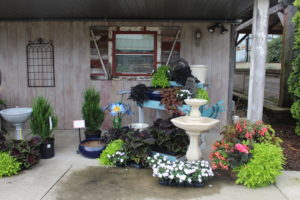
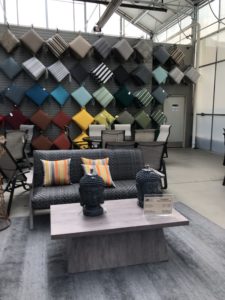
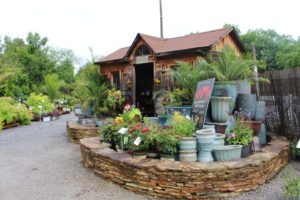
 Videos
Videos





